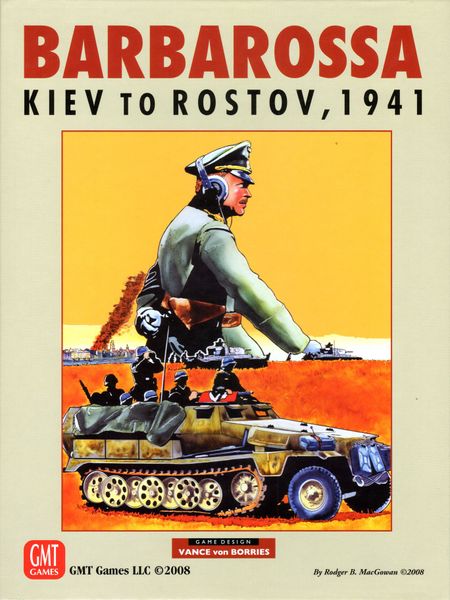Barbarossa: Kiev to Rostov, 1941 (2008) Board Game
Barbarossa: Kiev to Rostov, 1941 is a wargame that simulates the German Army’s advance on the Eastern Front during World War II. It covers the period from the initial invasion of the Soviet Union in June 1941 to the capture of Rostov in November of the same year. Players take on the role of either the Axis or Soviet forces, commanding their armies and making strategic decisions to outmaneuver their opponent.
Game Components of Barbarossa: Kiev to Rostov, 1941
How To Setup Barbarossa: Kiev to Rostov, 1941
Setup involves placing the map board, deploying unit counters according to the scenario, and distributing player aids. Players must also determine the starting conditions and objectives for each side. This process ensures that the game accurately reflects the historical context and military dispositions of the time.
Gameplay Mechanics and Game Objective
Player Experience
**Barbarossa: Kiev to Rostov, 1941** offers a deep and immersive experience for wargamers. It requires strategic planning, tactical execution, and a good understanding of historical military operations. Players must manage resources, coordinate units, and adapt to changing circumstances on the battlefield.
Pros
Cons
Personal Thoughts on Barbarossa: Kiev to Rostov, 1941
This game is ideal for serious wargamers and history enthusiasts who appreciate detailed and realistic military simulations. It offers a challenging and rewarding experience for those willing to invest the time to learn and master its mechanics. However, it may not be the best fit for casual gamers seeking lighter, more straightforward gameplay.
We are supported by our audience. When you purchase through links on our site, we may earn an affiliate commission, at no extra cost for you. Learn more.

